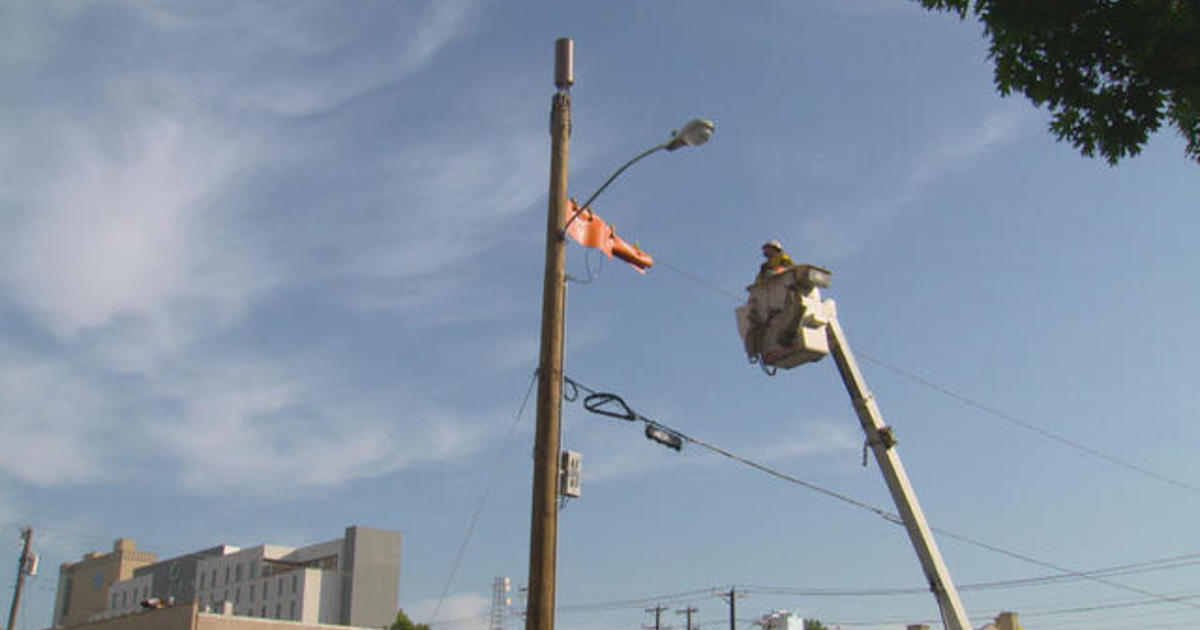If you've ever been through a town and spotted tiny 5G cell towers placed on poles for street lighting. They appear like tiny boxes however, they're actually transmitting wireless signals from cell phone providers to your phone.
They are replacing larger, purpose-built cell towers. While they're not as noticeable however, they could cause problems for people.
It is the FCC's Radiation Exposure Thresholds
The FCC's Radiation Exposure Thresholds determine the safe limit at which one can expose to electromagnetic energy generated by wireless devices. The limits of exposure are based on research that show that RF energy can be harmful to human health.

The rate of absorption called the specific absorption rate (SAR) is an indication of the amount of radiofrequency energy absorption by tissues. It's usually 1.6 watts per kilogram, spread over a Gram of tissue.
But, since 5g operates at higher frequencies, it has the potential to increase the intensity of energy on the skin as well as other body areas. This can lead to many possible harms, such as an increase in development of skin diseases like dermatitis, cancer of the skin and cataracts.
Due to the potential for negative effects of 5G radiation, PSU has chosen to create a general limits on power density, which is 4mW/cm2 measured on 1cm2, and never to exceed 30 minutes, for the entire 5G spectrum at 3000 GHz. This localized limit is consistent with the maximum spatial-average SAR of 1.6 W/kg averaged over 1 5 grams of body tissue, at 6 GHz.
The FCC's Maximum Exposure Thresholds for Maximum Exposure
In the event that you've used cell phone, you probably know that the safest location from the tower is at least 400 meters. This is due to the transmitting power of the cell tower is significantly increased the further away your location from the tower.
Although this may sound like something that's good but the truth is that those living close to towers may actually be more susceptible to health problems. For safe distance from cell tower , a study from 2014 in India found that those who lived within 50m from cell towers suffered much more health problems than those who lived farther distance from them.
However, this study also revealed that those who relocated into areas farther away from the cell towers saw their symptoms return to normal within a couple of days. Studies have also demonstrated that exposure to extreme amounts of electromagnetic field radiofrequency (EMFs) can cause brain tumors, cancers, and other health problems.
This is due to the fact that the RF radiation utilized in wireless communications, can be absorbed by the body's outer layer, the skin. This is vital to be aware of because the skin acts as a barrier to protect against mechanical injury, infection caused by pathogenic microorganisms and infiltration of toxic substances. It is also the largest organ of the human body and is accountable for keeping the integrity of other organs.
safe distance to live from cell phone tower for the Minimum Exposure
The FCC's Minimum Exposition Thresholds are based upon various assumptions that aren't supported by evidence from science. These include the erroneous assumption that short-term exposures to RF radiation are safe because of the minimal penetration into the body (i.e. thermal heating of tissue).
This also overlooks the deeper penetration of the ELF parts of the modulated RF signal and the effect of brief bursts of heat from pulsed RF waves. These theories are not compatible with the current understanding of biological effects of RF radiation. As such what is a safe distance from a 5g cell tower shouldn't be used for health protective exposure standards.
In addition to that, ICNIRP and FCC restrict their maximum exposure limits to local peak SARs, based on the peak speed of spatial absorption (psSAR) that is not a reliable dosimetric instrument to determine the degree of radiation exposure. In particular, psSAR is inaccurate when frequencies exceed 6 GHz. In addition, psSAR is not been evaluated for RF radiation with co-exposure to other agents of the environment such as sunlight. In the event of interactions, RF radiations with different agents in the environment could cause synergistic or antagonistic results. This could result in an increased risk of negative health effects. For example, co-exposure to RF radiation and sunlight could cause an increase in the incidence of skin cancer and exacerbate other skin disorders, such as acne.
